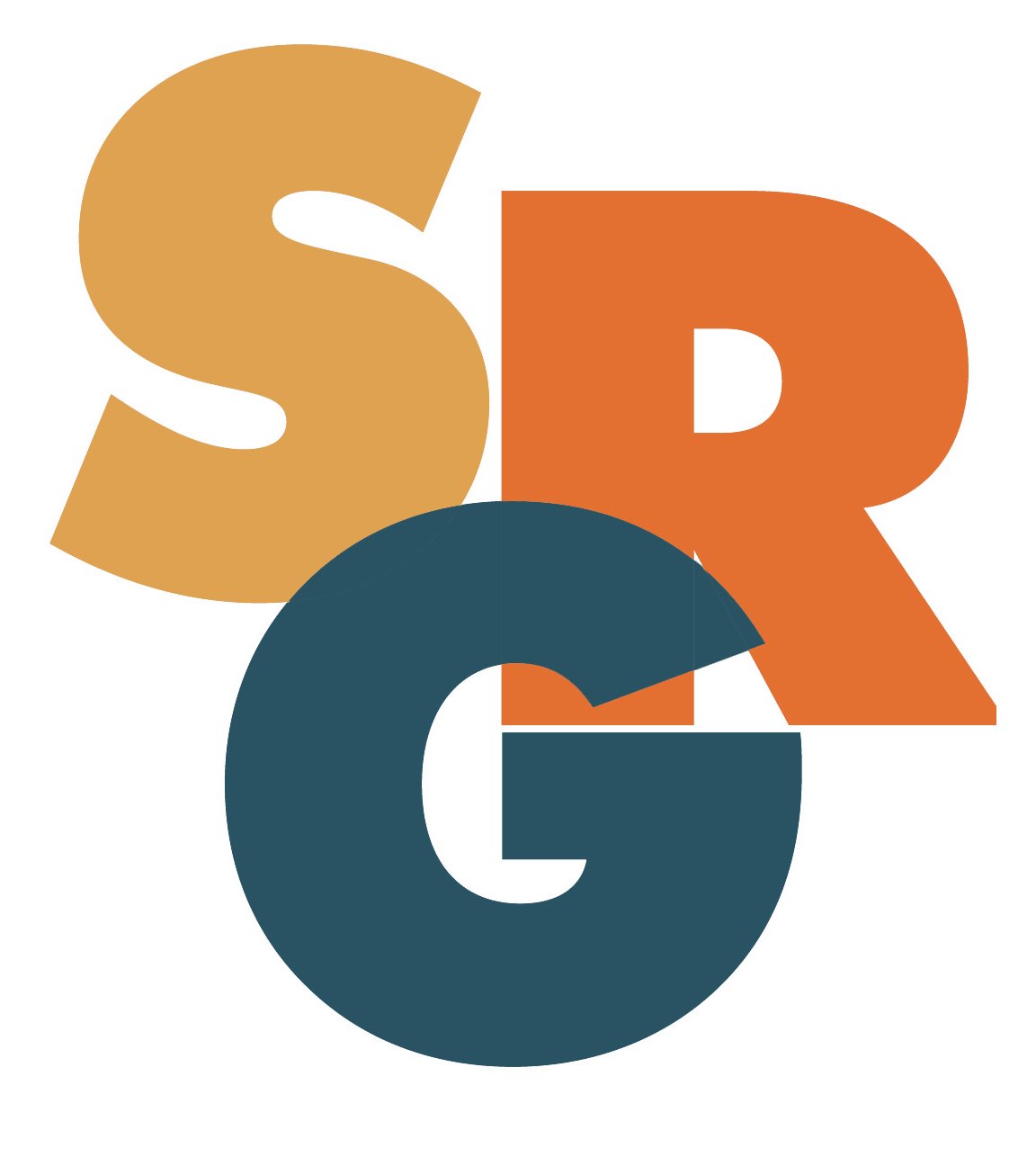Community Advisory Board Profile
North Dakota Public Radio
Licensee type: Public universities/community, licensees held by North Dakota State University, the University of North Dakota, Prairie Public Broadcasting
CAB meetings per year: Four
CAB members: 11
Staff contact: Director of Radio, administrative assistant
Meeting location: Rotates among Fargo, Grand Forks, Bismarck and a fourth station in the network
Guiding documents: By-laws
History
The North Dakota Public Radio Council was established as part of the agreement that set up the North Dakota Public Radio network in 1999. The agreement specifies that the three partners in the network — Prairie Public Broadcasting, North Dakota State University, and the University of North Dakota — create a board to monitor the network's progress and plans and to provide input to management.
Role
Bill Thomas, Director of Radio for North Dakota Public Radio, says the Council has a dual purpose, to serve the usual function of a community advisory board and to keep communications open between members of partnership. He says the stations receive good programming suggestions and feedback from the Council, which acts as a kind of focus group. The members review lists of interviews and story topics in detail. Thomas says, “They comment as individuals and report what they've heard from friends about what has been on the air and what they think of our plans. They make suggestions that are often very pertinent. We have gotten several good ideas for stories or interviews from them.” While the Council has no governing authority, Thomas also sees the body as a source of “non-threatening accountability.” He says, “I’m going to be sitting in a room with a bunch of people who are intense listeners. I know they won’t be voting on my budget, but there’s a feeling that you want to make a good report to the group. It forces you to periodically sit down and assess how things are going.” Thomas also calls on Council members individually for advice or information.
Activities
Thomas says the meetings have become very standardized. “We just go around the room and all board members talk about any reactions they have or have heard of to any programming we’ve done – or anything we’ve done.” Thomas follows with a “pretty typical manager’s report” on station activities and plans. Board members always have numerous questions and comments. He says he always distributes a listing of all the talk show guests and topics and news stories covered. Then, the Council focuses on a topic selected for the meeting. “When we meet in Bismarck, where our news director is, we talk about news coverage,” Thomas says. Other recent topics have included underwriting and perceptions of commercialism. There is also time for public comment at each meeting.
The meetings are primarily focused on programming, but the Council reviews the budget once a year and conducts its own business – election of new officers, setting of meeting dates, etc. The members also put up money for a challenge fund in the most recent fund drive.
Selection of members
Six members are appointed by the partners of North Dakota Public Radio and serve terms at their discretion. The council also includes five members from the general public, nominated from the membership of North Dakota Public Radio by the council and approved by Prairie Public Broadcasting (the parent organization of North Dakota Public Radio). Council members may serve two three-year terms. There is an informal emphasis on geographic and constituency representation. Thomas says everyone on the Council is “a serious listener,” which he believes leads to an effective Council. He says stations can find people who represent different parts of the listening area or different constituencies, but what makes for an engaged board is having core public radio listeners as members.
Advice/Comments
Thomas says, “I try to continuously keep two things as priorities, constructive criticism and specific suggestions. If we’re talking about something, we think there should be more coverage of this or that, I ask who do you know, what should we look at. I try to pump them for information.”
This report was developed as part of Charting the Territory, SRG's national planning initiative for public radio that is supported by the Corporation for Public Broadcasting and SRG member stations.
Copyright © 2004 Station Resource Group, Inc. All Rights Reserved.
